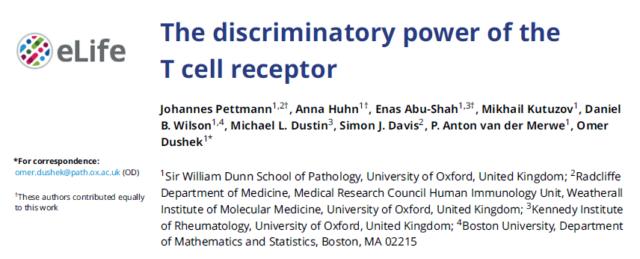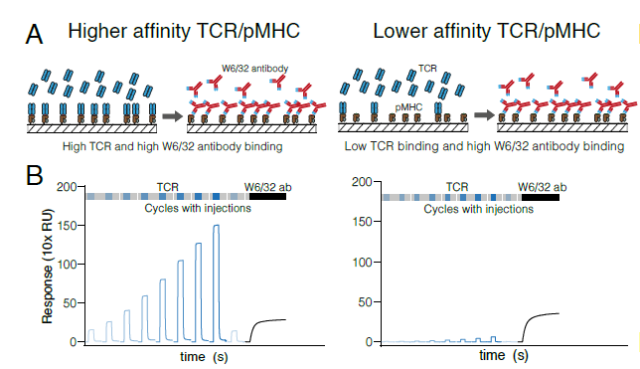eLife: Immune cells are also confused when distinguishing cells
- Normal Liver Cells Found to Promote Cancer Metastasis to the Liver
- Nearly 80% Complete Remission: Breakthrough in ADC Anti-Tumor Treatment
- Vaccination Against Common Diseases May Prevent Dementia!
- New Alzheimer’s Disease (AD) Diagnosis and Staging Criteria
- Breakthrough in Alzheimer’s Disease: New Nasal Spray Halts Cognitive Decline by Targeting Toxic Protein
- Can the Tap Water at the Paris Olympics be Drunk Directly?
eLife: Immune cells are also confused when distinguishing cells
eLife: Immune cells are also confused when distinguishing cells. If healthy cells have an abnormally high number of antigens, T cells may begin to attack healthy cells, because it does not focus on how T cells distinguish between defects in antigens, and abnormally high antigens in healthy cells may cause the wrong production of autoimmune T The cause of the cellular response.
Immune cells are an important security guard for the human body. They have many biological functions, including destroying target cells, initiating immune responses, etc., capable of defending disease infections, tumor formation, and distinguishing foreign objects to produce immune responses. Scientists have long believed that immune cells are almost perfect in distinguishing between friend and foe, but this is not the case.
On May 26, 2021, researchers from the University of Oxford published a research paper entitled “The discriminatory power of the T cell receptor” in the journal “eLife”.
This research subverts the understanding that T cells can perfectly distinguish healthy cells from infected cells. The killer T cells of the immune system sometimes make mistakes in distinguishing healthy cells from infected cells that need to be destroyed.

It is generally believed that T cells can accurately distinguish between infected cells and healthy cells according to the degree of tight binding between themselves and different cell surface antigen molecules. The binding of T cells to virus or bacterial antigens is closer than that of normal human cell antigens. .
However, recent studies have shown that if T cells express an abnormally large amount of self-antigens, even if these antigens bind weakly, they can attack other normal cells.
The researchers first accurately measured how tightly the receptors on T cells bind to a large number of different antigens, and then measured the response of healthy people’s T cells to cells with different numbers of antigens.

Measure the tightness of the bond
The results of the combination of this method and computer modeling show that the discrimination ability of T cell receptors is better than that of other types of receptors, and has better discrimination capabilities, but T cell receptors will also force T cells to only be The antigen reacts.
This discovery has overturned the cognition of scientists. They no longer believe that immune cells are almost perfect in distinguishing between friend and foe, and T cells will also respond to the body’s own antigens that are not tightly bound.

TCR that relies on the antigen presentation surface has incomplete discrimination
The study shows that if healthy cells have abnormally high antigens, T cells may begin to attack healthy cells, because it does not focus on how T cells distinguish the defects of antigens, and abnormally high antigens of healthy cells may be caused by mistakes. The cause of the autoimmune T cell response.
On the other hand, this ability may help eliminate mutant cancer cells with abnormally high antigen expression, and also open up new research avenues for improving the recognition ability of T cells, and may help reduce many T cell-based therapies themselves. Immune side effects without reducing the ability of these cells to kill cancer cells.
In summary, this result may indicate a new way to treat autoimmune diseases that cause the immune system to attack the body, and may also lead to the improvement of cutting-edge cancer treatment methods.
(source:internet, reference only)
Disclaimer of medicaltrend.org
Important Note: The information provided is for informational purposes only and should not be considered as medical advice.



